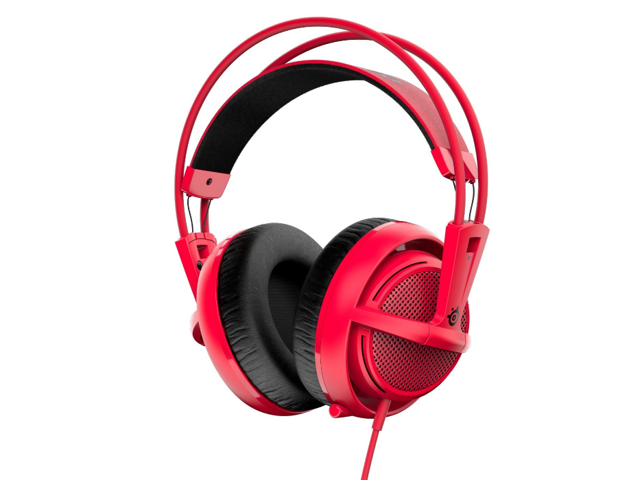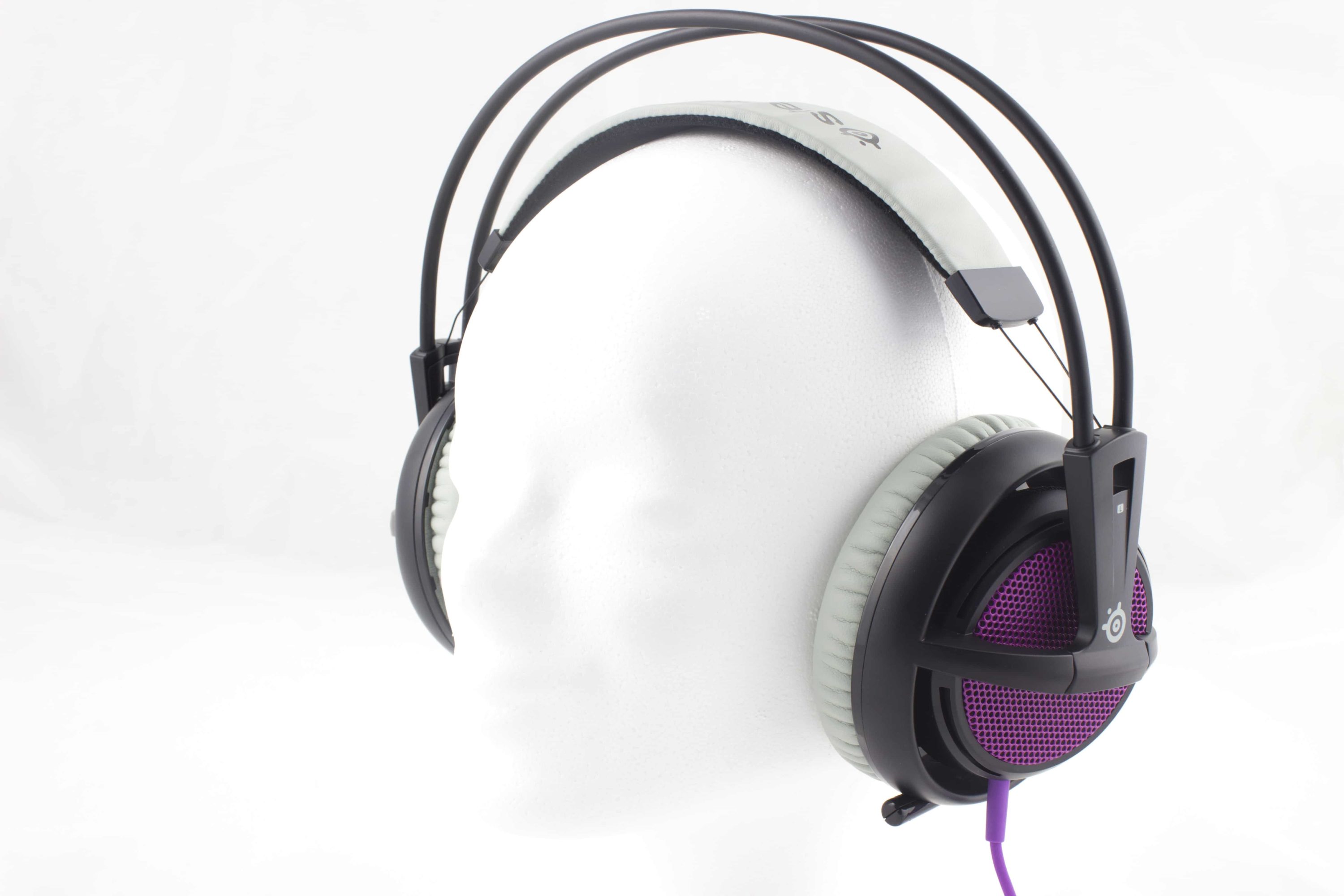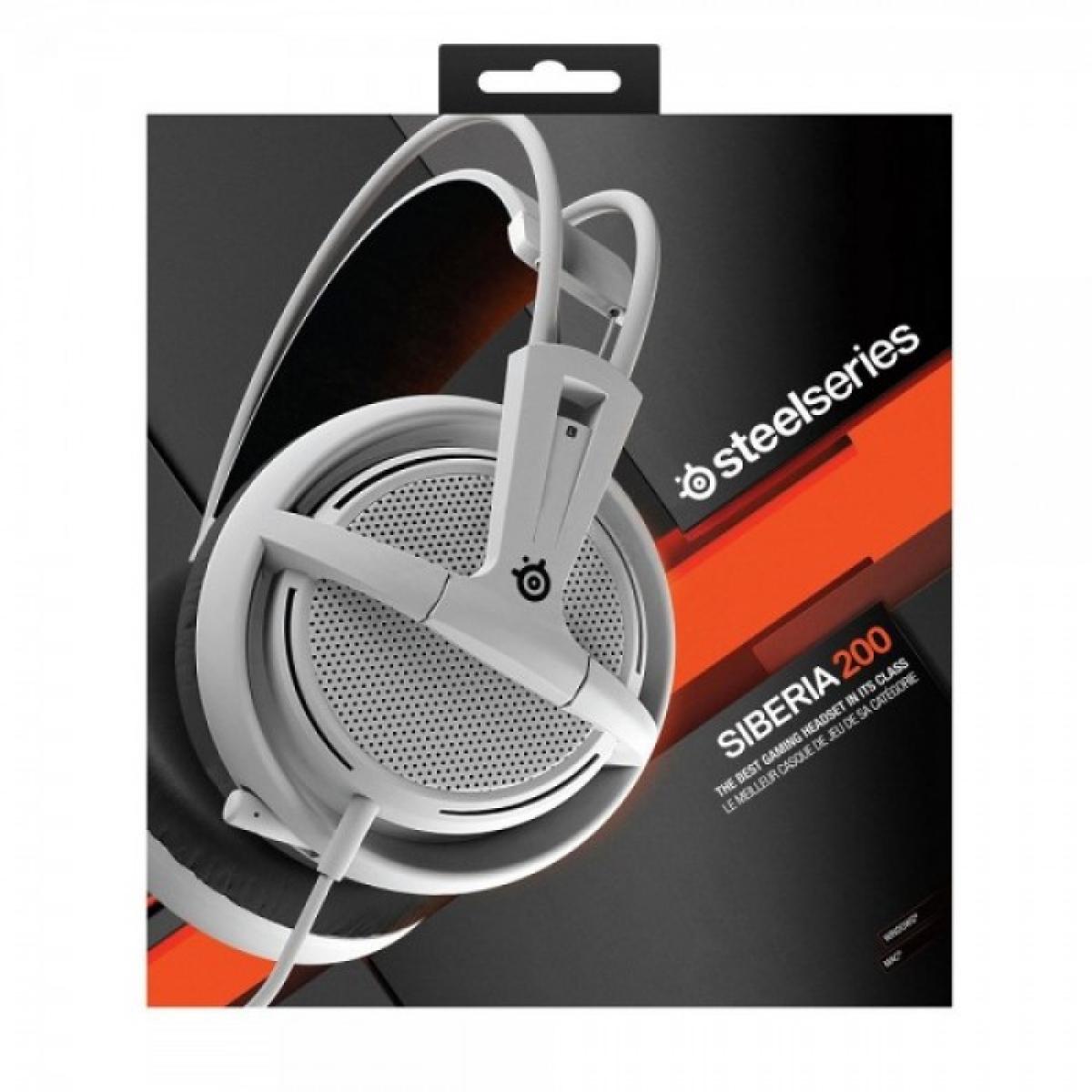
As a result, the fundamental range of female vocals and many instruments fall off, negatively influencing the reproduction of music for trained ears. More unpleasant is the loss of mid-range by up to 6 dB at ~480 Hz. In this price range, that's not a deal-breaker, though. Although it's only noticeable in certain cases, for short, sudden impulses, there's no mistaking this weakness. The downside of a low-pitched and reasonably-priced driver is its slightly sluggish transient response, which doesn't improve, even after hours of operation. The subcontra octave is covered well it's possible to hear more in that range than you'd expect from a gaming headset.

Low bass, on the other hand, sounds good.

In turn, male voices boom more than they should. In our opinion, the upper bass is a little too heavy. This is entirely bearable, and probably what most gamers would expect anyway. Other than black and white it is also available in 'Forged Red', 'Gaia Green', 'Proton Yellow', 'Sakura Purple' and 'Alchemy Gold' each endorsed by an Ambassador and a background story which can be seen in this link.Bass is amplified quite a bit between 50 and ~170 Hz. Rather than just updating the internals, they have released the Siberia 200 in 7 colours. This caused a huge surge in demand from the community for a return of the V2, considering its proven track record, it would make sense to refresh the Siberia V2, which is arguably the most popular gaming headset ever. Many gamers started to miss the booming 50mm drivers and the heavy duty build quality, features that worked against the design of the ultra lightweight, super comfortable V3.


Despite the Siberia V3 being a good headset, the changes were quite drastic. After the release of the Siberia V3 headset, making the V2 obsolete, many gamers were unhappy that they could no longer get their hands on the V2.


 0 kommentar(er)
0 kommentar(er)
